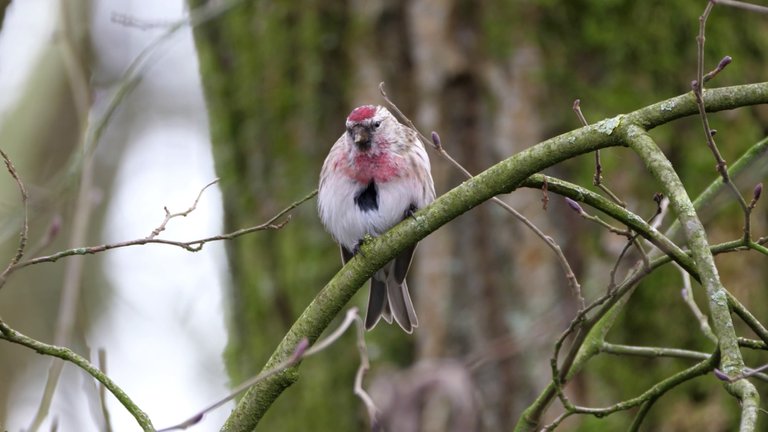

What are the pangolin birds?
Co to są ptaki z gatunku łuskowiec?
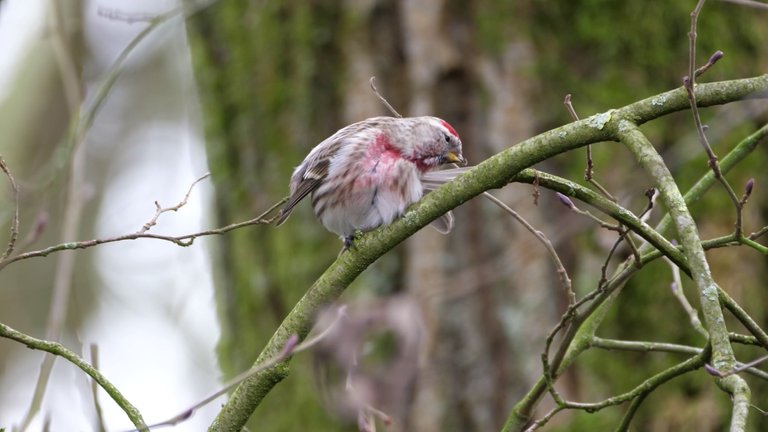

Mealy redpoll is another beautiful bird, its size resembles the well-known tit, it is a bit smaller than it, and the body length does not exceed 12 cm.
Czeczotka to kolejny przepiękny ptaszek, wielkością przypominający powszechnie znaną sikorkę, jest od niej odrobinę mniejsza, a długość ciała nie przekracza 12 cm.
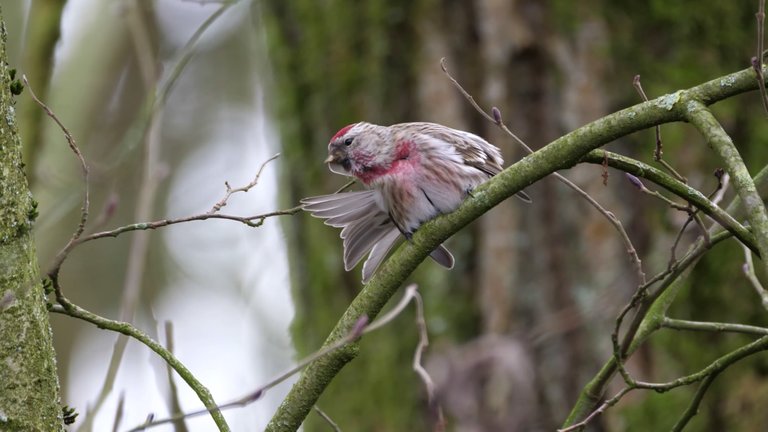
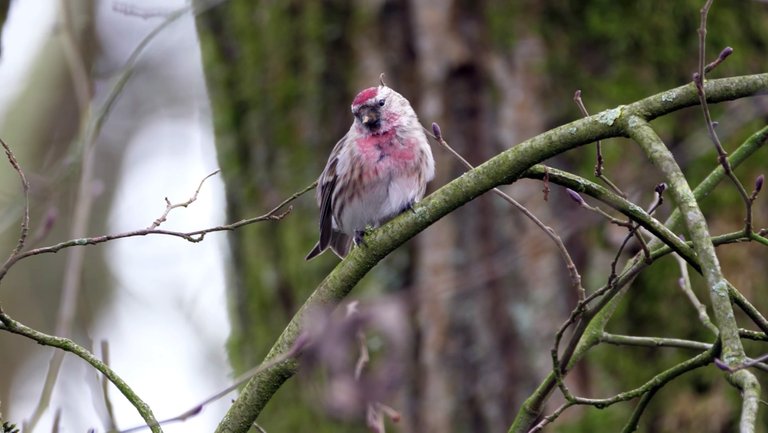
It belongs to the family of pangolin birds, i.e. birds that feed mainly on grains, and their beaks are specially adapted to shelling the seeds. Most often in the short but strong beak there is a so-called plate that facilitates the extraction of grains.
Należy do rodziny łuszczaków, czyli ptaków, które żywią się głównie ziarnami, a ich dzioby są do wyłuskiwania nasion specjalnie przystosowane. Najczęściej w krótkim ale silnym dziobie, znajduje się tak zwana płytka ułatwiająca pozyskiwanie ziaren.

For example, the way sunflower seeds are eaten is characteristic. Before the Mealy redpoll consume the grain, they rotate it in its beak and carefully peel off the thin film that covers the grain.
Charakterystyczny jest na przykład sposób jedzenia ziaren słonecznika. Czeczotki zanim skonsumują ziarenko, obracają je w dziobie i dokładnie złuszczają cienką błonę powlekającą ziarno.

"Blitzkrieg" of Mealy redpoll
"Blitzkrieg" czeczotek

In Poland, the bird is quite rare and it is a protected species, it nests only in a few regions by the sea in Gdańsk Pomerania and in the mountains - the Tatra Mountains, the Karkonosze Mountains, the Jizera Mountains.
Na terenie Polski ptak jest dość rzadki i jest gatunkiem chronionym, gniazduje tylko w kilku rejonach nad morzem na Pomorzu Gdańskim oraz w górach - Tatry, Karkonosze, Góry Izerskie.

Mealy redpoll love to fly in large flocks and make a so-called "blitzkrieg", which is a massive attack on a tree or bush that offers seeds. It looks impressive.
Czeczotki uwielbiają latać dużymi stadami i robić tak zwany ,,blitzkrieg,, czyli zmasowany atak na jakieś drzewo lub krzew oferujący nasiona. Wygląda to imponująco.

Burning chest
Płonąca pierś
It is difficult to confuse the Mealy redpoll bird with another bird, as it is very characteristic. There is a spot on the forehead, which is actually a huge stain, which immediately reminded me of a bandana worn by a rock singer. During the mating season, a male's breast becomes reddish pink and appears to be on fire. The coloration is generally brown-gray with brown streaks, the rump is and there are two whitish stripes on the wing.
Czeczotkę trudno pomylić z innym ptakiem, jest bowiem bardzo charakterystyczna. Na czole posiada plamkę, a w zasadzie wielką plamę, która od razu skojarzyła mi się z bandaną noszoną przez pewnego rockowego wokalistę. W okresie godowym pierś samca staje się, czerwonawa, różowa i wygląda jakby płonęła. Ubarwienie jest ogólnie brązowoszare z brunatnymi smugami, kuper jest a na skrzydle znajdują się dwa białawe paseczki.
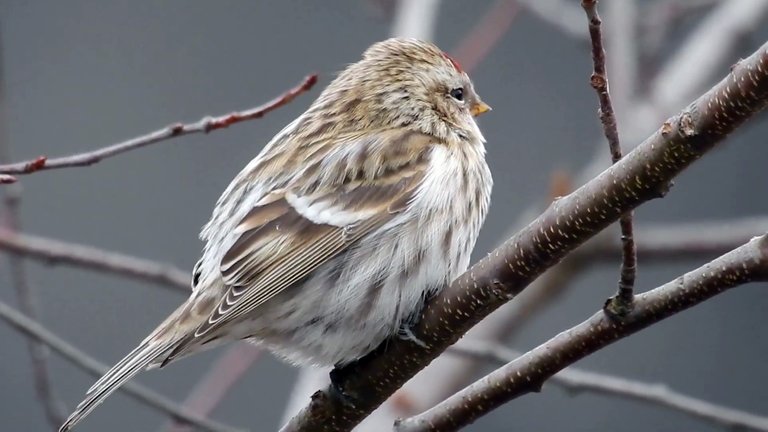
Food for the Mealy redpoll
Pożywienie czeczotek

Under natural conditions, these birds feed mainly on tree seeds, mainly alder and birch, they also like the seeds of the thistle. To get food, they show almost acrobatic dexterity. During the breeding season, when the chicks are mainly fed with insects, the parents also eat them.
W naturalnych warunkach ptaki te żywią się głównie nasionami drzew, głównie olszy i brzozy, lubią również nasiona ostu. Aby zdobyć pożywienie wykazują się niemalże akrobatyczną zręcznością. W okresie lęgowym, kiedy pisklaki karmione są głównie owadami, rodzice również je podjadają.


Nests of Mealy redpoll
Gniazda czeczotek
They build nests not too high, on low trees and shrubs. They are very well hidden, low among the branches of mountain pine or other shrubs. The building material consists of roots, grass, plant fluff, bristles and feathers.
Gniazda budują na niezbyt dużej wysokości, na niskich drzewach i krzewach. Są bardzo dobrze ukryte, nisko wśród gałęzi kosodrzewiny lub innego krzewu. Budulec stanowią korzonki, trawa, puch roślinny, włosie, pióra.

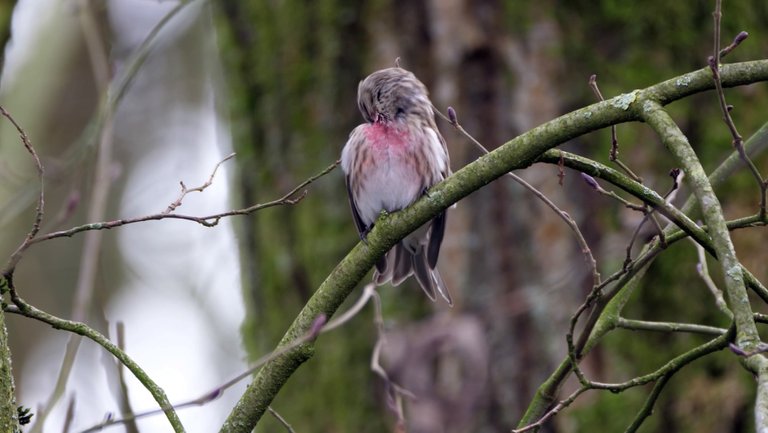
Offspring
Potomstwo
The Mealy redpoll lays up to 6 eggs of bluish color with brown rusty spots. Young specimens appear after about 12 days and another 12 leave the nest.
Czeczotka składa do 6 jaj niebieskawego koloru z brązowymi rdzawymi plamkami. Młode osobniki pojawiają się po około 12 dniach by kolejnych 12 opuścić gniazdo.
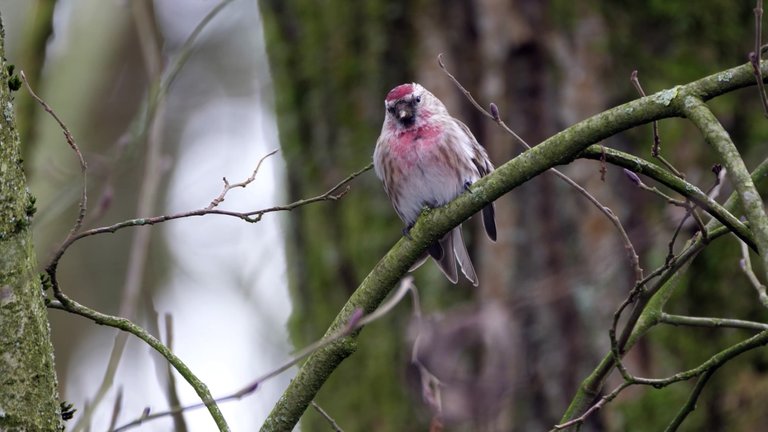
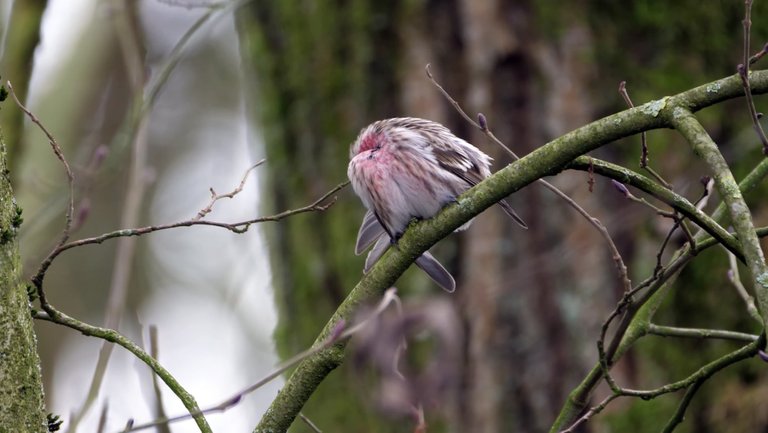
Enjoy 😉
